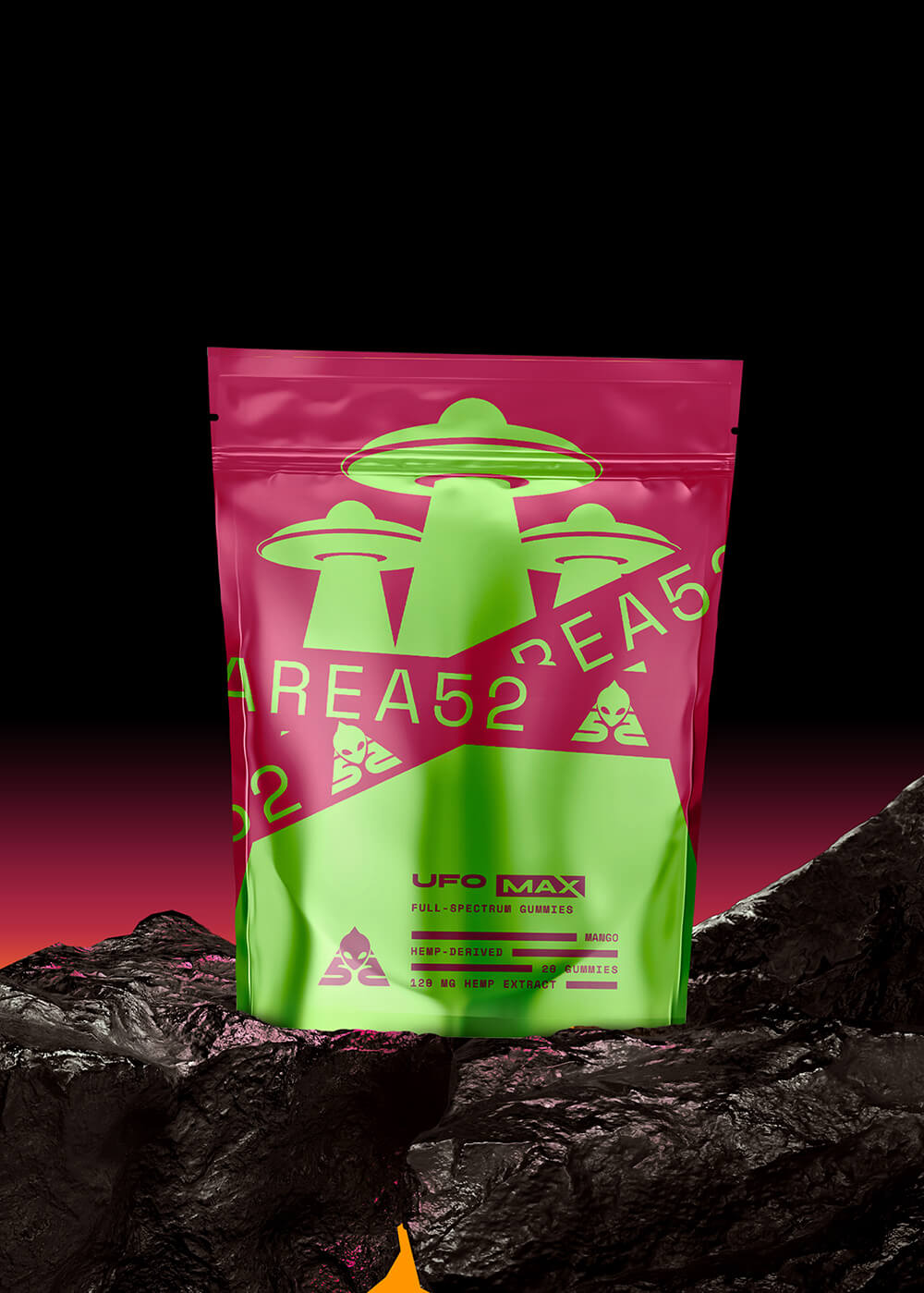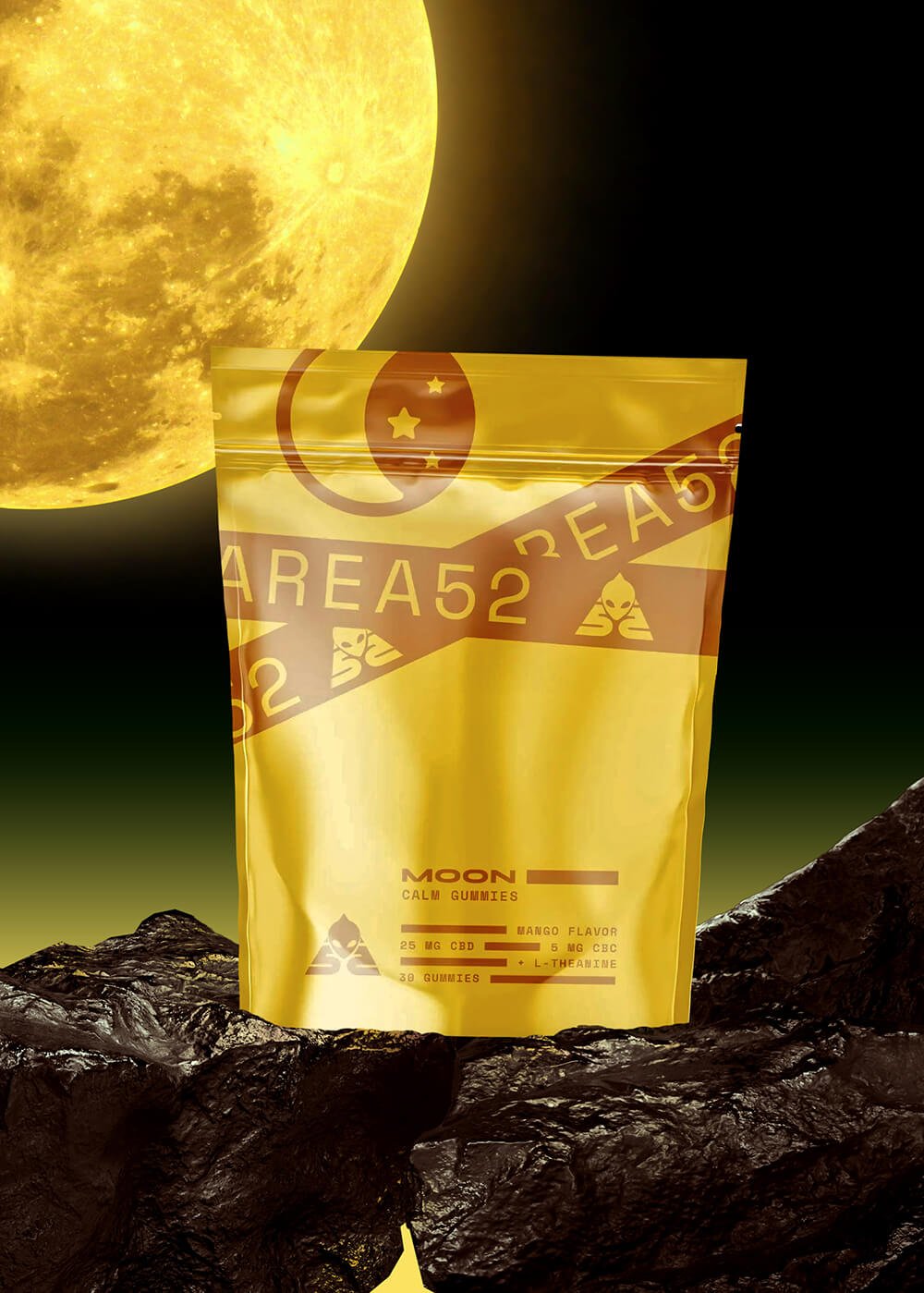CBN (Cannabinol) Hemp Flower: Everything You Need to Know

Cannabinoid-enriched hemp flowers are all the rage these days. CBN (cannabinol) is the newest addition to the ever-expanding lineup of vapeable and smokeable hemp flowers.
Here, we’ll explore how CBN flower works, where it comes from, what the benefits are, and how plant breeders are taking steps to produce new strains with higher CBN levels than ever before.
What Is CBN Flower?
Cannabinol, also called CBN, is a cannabinoid created when tetrahydrocannabinolic acid (THCA) is exposed to UV light and oxygen.
CBN flower refers to the flowers of the Cannabis sativa L. plants that have a higher-than-average concentration of CBN.
Most strains contain around 1–2% by weight. CBN flower bumps this up closer to 10–15%.
However, the relaxing properties of this cannabinoid are much, much stronger. You don’t need much before you start feeling a wash of release move over your mind and body.
How is CBN Flower Made?

The presence of CBN is usually a clue to the age of the dried CBN flower; older flowers have a greater concentration of CBN due to increased exposure to heat, UV light, and oxygen.
Fresh cannabis plants that have been grown outside contain trace amounts but rarely in enough quantities to experience the effects.
Factors that contribute to CBN production include:
- Levels of THC in the cannabis flowers
- Exposure to heat
- Exposure to light
- Length of exposure over time
If you’ve ever smoked weed that hasn’t been stored properly or is older than about 1-year post-harvest — you’ve already tried CBN flower.
As the THC degrades, it’s converted into CBN.
There are a few ways manufacturers can make CBN flower. The simplest is to spray some hemp with concentrated CBN concentrate. This is how most CBN flower is made today.
Alternatively, in legal states, CBN flower is made by purposefully storing marijuana flower improperly — promoting the breakdown of THC to the less active and more relaxing CBN.
Other Forms of CBN Products
CBN is available in all the major product types you’ll find for any popular cannabinoid. CBN flower is just one of the many types of CBN products available today.
Here are a few other forms you’re likely to find CBN:
1. CBN Crystals
Similar in appearance to sugar, CBN crystals are a crystalline product derived from THC using CO2.
However, CBN crystals are 100% THC-free and can be placed under the tongue or mixed with oil to make your own DIY CBN tinctures.
2. CBN Oils & Tinctures
A hemp tincture product containing higher-than-average concentrations of CBN, oils are a high-potency variant of CBN and are typically placed under the tongue for more bioavailability. CBN oil can also be added to food and applied topically to the skin.
Unfortunately, CBN oil is much more difficult to find than other cannabis derivatives like CBD and so is more costly to purchase.
3. CBN Vapes & Cartridges
CBN vapes are usually available in a balanced CBN: CBD form and are readily available at most dispensaries.
We recommend you opt for a standardized 510 threaded vape cart so you can use it on your existing vape battery.
4. CBN Gummies
CBN gummies often combined with herbal remedies like chamomile, CBD, L-theanine, and other soothing and sleep-supportive ingredients.
Is CBN Legal?

Hemp-derived CBN is legal throughout the United States.
However, marijuana-derived CBN is only legal in states that allow medical or personal use of marijuana.
In 2018, the Agricultural Improvement Act declared that any hemp and its derivatives are legal as long as they contain less than 0.3% delta 9 THC on a dry weight basis.
This provides legal protection for CBN manufacturers to begin mass-producing the extract from hemp plants to be sold on a commercial scale.
How Much Does CBN Cost?
CBN is a much more expensive substance than CBD. It’s less abundant, and obtaining it legally from hemp requires significantly more starting material.
In legal states, marijuana is the better source for CBN extraction — but the red tape and legal restrictions bump the cost up with this source of CBN as well.
While the figures differ depending on the source, CBN costs suppliers $30,000-$50,000 per kilo to produce.
However, as CBN becomes a more significant part of the mainstream cannabis marketplace, we can expect to see a substantial price drop due to streamlined extraction and production processes.
The different forms of CBN have different prices due to their extraction methods, the purity of the substance, and the state in which they’re sold. In addition, most commercial CBN products are combined with herbal supplements and other compounds to dilute the effects.
When Was CBN Discovered?
Cannabis sativa L. is a flowering plant native to East and Southeast Asia. As far back as 2800 BC, people used it to treat many medical ailments. The plant was widespread across the region and famous for its therapeutic and mood-enhancing effects.
Cannabis was introduced to Western nations in 1841 by William Brooke O’Shaughnessy after he witnessed its application being used to cease convulsions in an epileptic child in India.
CBN was the first cannabis compound to be identified by scientists in its pure form. It was believed this cannabinoid was the active ingredient in marijuana for several years before THC was discovered.
In 1898, W.R. Dunstan and T.A Henry isolated CBN in its pure form and named it cannabinol. In the years leading up to the 1930s, research into active hemp compounds focused on CBN and its potential effects on the human body.
In 1937, the introduction of the Marijuana Tax Act caused a significant decrease in funding for CBN research. In addition, a demonization of the cannabis plant for its psychoactive effects became popular opinion.
In 1938, the film Reefer Madness depicted cannabis as a highly addictive drug that caused psychosis, mental unbalance, and violence in users. This shift in public response slowed the research for practical applications of CBN for years.
In 1942, the isolation of CBD reignited heated public debate about the benefits and adverse side-effects of cannabis compounds for personal and medical applications, and CBN was brought back into the sphere. As a result, modern research has focused primarily on the benefits of CBD, and many products and derivatives are used in both medical and personal contexts.
CBN vs. CBD: Similarities & Differences
CBD and CBN have a lot of similarities. Both are considered non-psychoactive cannabinoids (in lower doses) and offer similar relaxing benefits.
In general, CBN is considered the better option for sleep support, while CBD is the better option for anxiety and pain.
Cannabidiol or CBD is the second most dominant compound found in the cannabis plant.
As a result, CBD is one of the most prevalent cannabinoids. Growers breed high-CBD strains of cannabis to maximize the effects of the plant.
On the other hand, Cannabinol, known as CBN, is a result of oxidization processes and THC breakdown within the cannabis plant. The level of CBN depends on the level of UV light exposure and the plant’s predisposition to produce CBN.
While the two compounds are produced differently, they share some similarities.
CBN vs. THC: Similarities & Differences
CBN shares a lot in common with THC. In fact, CBN is derived directly from THC as it breaks down.
The only difference between these compounds from a chemical perspective is the location of a double bond in the main ring structure of the molecule.
Delta 9 THC and delta 8 THC have a difference in the location of a double bond in their carbon structure. Delta 9 has one double bond at the ninth carbon in the chain, while delta 8 THC has this bond at the eighth carbon. Both have a double bond in their structures.
CBN has three double bonds and is completely unsaturated. This makes it the exact opposite of HHC, which has no double bonds whatsoever.
Key Takeaways: CBN Flower
CBN and CBD are both cannabis-derived products becoming more popular in mainstream society. While more research is needed to determine the side effects and benefits of CBN, the relaxing effects reported by users indicate that this THC-derivative could have significant positive applications for both medical and personal purposes.
CBN’s relatively unknown status and drawn-out extraction process mean that it will likely be expensive for users. However, with more research into the benefits of various cannabinoids., CBN could become more widely produced and distributed.


